Solar projects are expected to be pushed forward to construction following the July 4 enactment of the “One, Big Beautiful Bill” (OBBB), bringing an early end to solar tax credits and adding restrictions to content sourced from China.
The early loss of tax credits are expected to deal long-term damage to the industry. Wood Mackenzie forecast 10-year installations could decrease 17%, reaching volumes as low as 375 GW.
“Solar installations are expected to increase in 2025-2026 as developers rush to meet deadlines,” said a press statement from Wood Mackenzie. “Permitted projects are well-positioned, but unpermitted developments face growing uncertainty as permitting bottlenecks threaten to push completion dates outside eligibility windows.”
Projects are expected to be pushed forward to construction this year and by July 2026 to qualify for federal solar tax credits, including the 30% investment tax credit and the production tax credit.
Previously, the 48E and 45Y tax credits were going to be available to projects until the United States achieved a 75% reduction in greenhouse gas emissions from 2022 levels. Now, under the OBBB, solar and wind projects that begin more than 12 months after the July 4 enactment must be “placed in service,” meaning reaching commercial operations, by Dec. 31, 2027.
Projects that do begin construction within 12 months of enactment can be eligible for tax credits if a “substaintial portion” of the project is built. These projects are “safe harbored” and can gain the tax credit if they are placed in service by mid-2030. Based on a Trump executive order following the bill passage, the Treasury is directed to more strictly interpret safe harbor rules.
Keith Maritn, partner, Norton Rose Fulbright, said to qualify for safe harbor designation, projects likely will need to “incur” at least 5% of the project’s cost.
“Costs are usually incurred only as the developer takes delivery of equipment or services, with one exception. A payment for specific equipment or services by the deadline counts if delivery is reasonably expected within 3 1/2 months. There are nuances about counting payments for services,” said Martin.
The other path to qualification, he said, is to start “physical work of a significant nature” at the project site on the portions of the project eligible for the 48E credit.
The Trump executive order suggests that these safe harbor rules will be interpreted and enforced strictly.
“For years, developers and investors have relied on these rules to qualify projects under the ITC/PTC framework, even when [commercial operation date] occurs years later,” said Peter DeFazio, managing partner, Greenprint Capital. “If interpreted narrowly, projects that haven’t meaningfully advanced beyond paper progress—even with a 5% basis spend—could lose eligibility.”
Unlike solar and wind, grid-scale energy storage will remain eligible for the investment tax credit (ITC) and production tax credit (PTC) under its original schedule. Post-2033, 48E and 45Y will phase out by 25% each year starting in 2032 until Dec. 31, 2035, when the credit will expire entirely.
Foreign entities of concern
Another change project developers need to be aware of is restrictions on components and minerals from “foreign entities of concern” (FEOC). The OBBBA denies the 48E and 45Y credits to projects found in noncompliance with FEOC rules.
The restrictions notably apply to products, businesses and investors from China, which places a central role in the global solar supply chain.
FEOC restrictions begin in 2026. Read a three-step process for vetting your project’s compliance here.
If projects are found to have “material assistance” during construction from a “prohibited foreign entity,” they are ineligible from receiving credits. Prohibited foreign entities include companies that have direct or indirect interest of 50% or more from “Specified Foreign Entities,” which include Russia, Iran, North Korea, and crucially, China.
“Prohibited foreign entities” also apply to entities “influenced” by the listed countries. Influence is determined by an entity’s right to assign a board member or executive officer, by showing at least 25% ownership from an SFE, collective ownership of at least 40% from multiple SFE, or an SFE holding at least 15% of debt in the entity.
“Material assistance” from these entities is determined as the percentage of manufactured products used in the project that are not made by prohibited foreign entities. Read more about how to understand the calculation for “material assistance” here.
Solar projects must contain 40% content with no “material assistance” for projects that construction starts in 2026, increasing over time to 60% for projects starting construction after 2029.
The thresholds are different for storage projects. They are 55% for such projects that start construction in 2026, increasing over time to 75% for storage projects starting construction after 2029.
A 20% penalty will be imposed on any taxpayer that gets the calculation wrong if the taxpayer ends up paying more than 1% less tax than it should have as a result.
What’s more, starting in 2028, projects are subject to 10 years of recapture of tax credits if any payments are made to FEOC restricted entities.
The new restrictions and tightened development deadlines are expected to “set off a rush to start construction of more projects by year end 2025 and again by early July 2026,” said Martin.
Jason Grumet, chief executive officer, American Clean Power, noted that as electricity demand is expected to surge by as much as 50% by 2040, projects will need to be built rapidly to keep up with demand.
“That growth requires every available source of reliable power, including the clean energy technologies that are the only shovel-ready sources of additional power and the low-cost option across much of the nation,” said Grumet.
Read more industry reactions to the passage of OBBBA.
This content is protected by copyright and may not be reused. If you want to cooperate with us and would like to reuse some of our content, please contact: editors@pv-magazine.com.
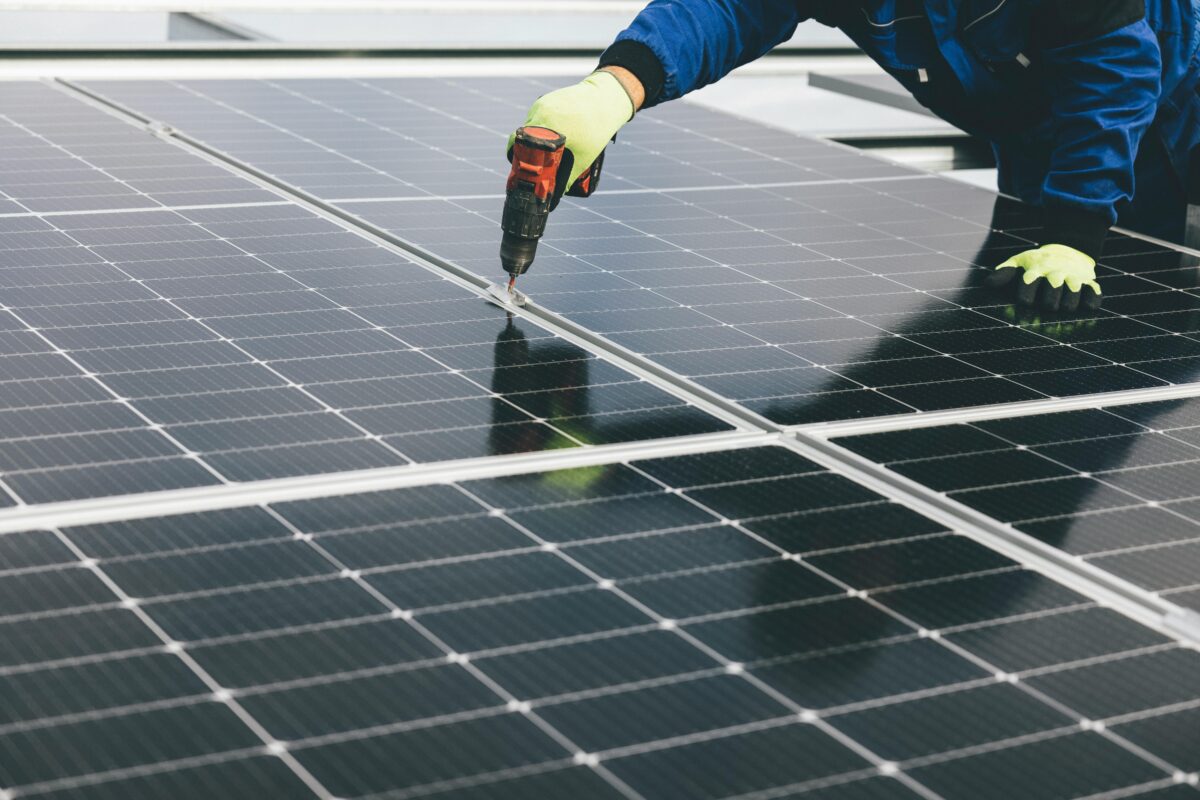
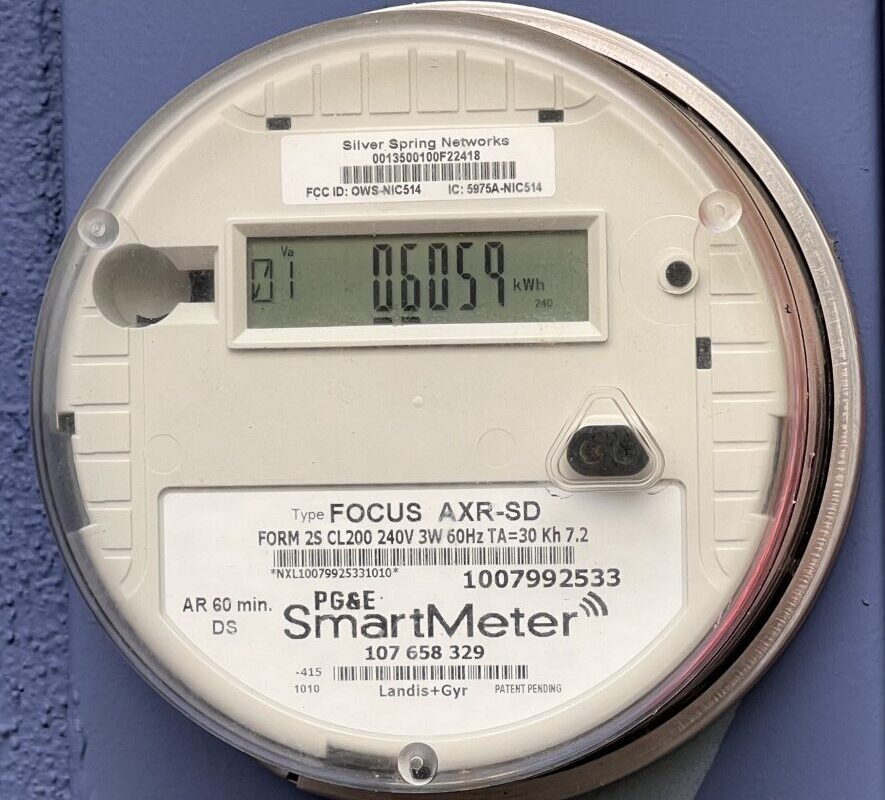


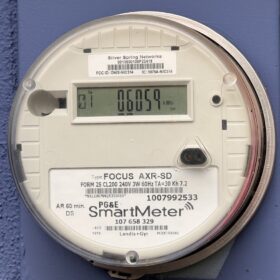
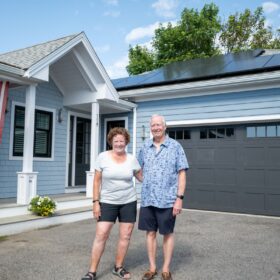

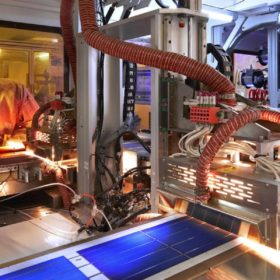

By submitting this form you agree to pv magazine using your data for the purposes of publishing your comment.
Your personal data will only be disclosed or otherwise transmitted to third parties for the purposes of spam filtering or if this is necessary for technical maintenance of the website. Any other transfer to third parties will not take place unless this is justified on the basis of applicable data protection regulations or if pv magazine is legally obliged to do so.
You may revoke this consent at any time with effect for the future, in which case your personal data will be deleted immediately. Otherwise, your data will be deleted if pv magazine has processed your request or the purpose of data storage is fulfilled.
Further information on data privacy can be found in our Data Protection Policy.